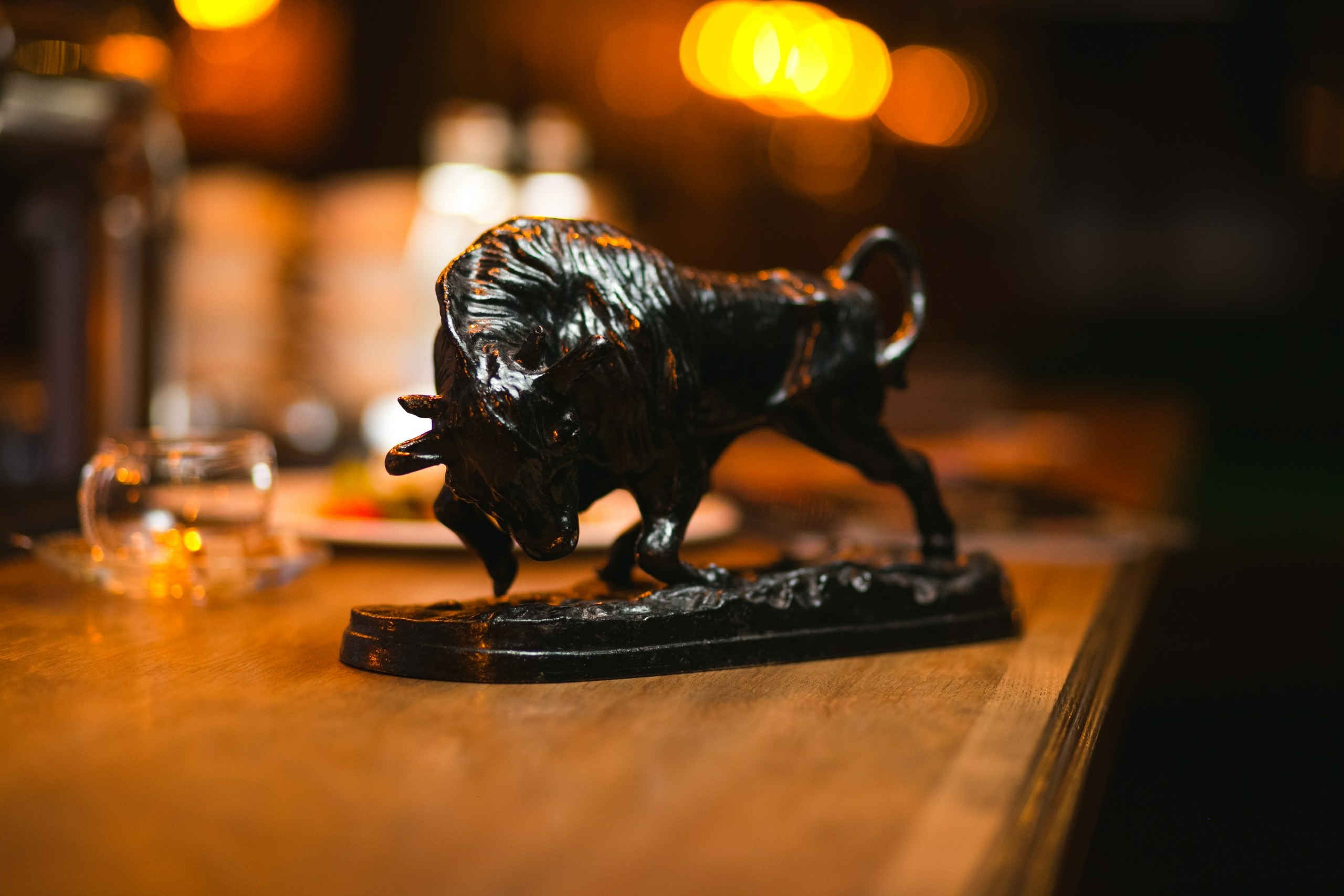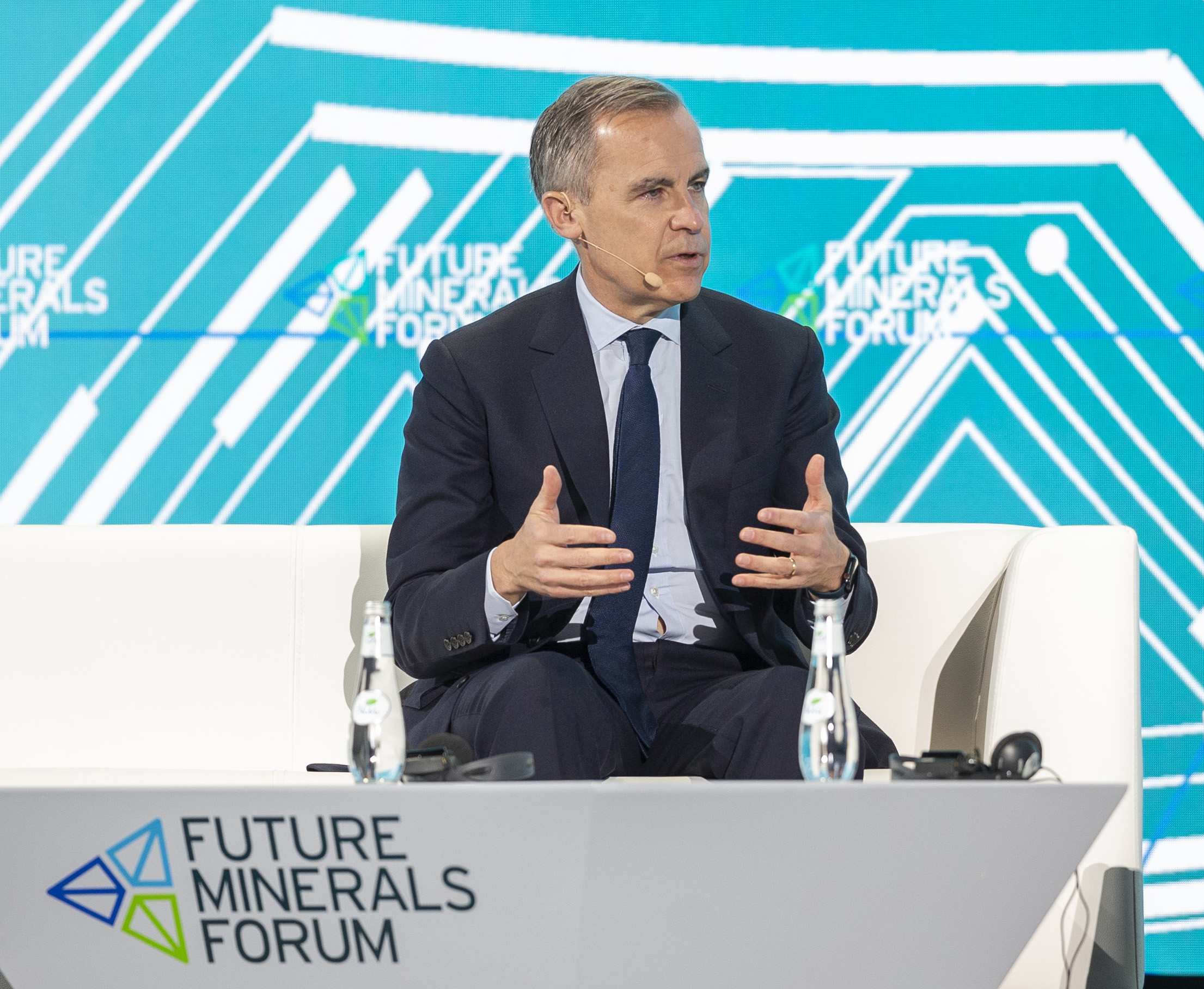Quebec touts millions in government funding for battery metal projects

Quebec is becoming known for mining project funding that hands out several hundred million dollars a year and promotes the province as a battery metals hotspot.
The province’s funding structure features Investment Quebec, which at times partners in funding with the province’s C$402 billion ($300bn) pension plan, the Caisse de dépôt et placement du Québec. Resources Quebec, a unit of Investment Quebec, oversees mining funding from the C$1 billion Natural Resources and Energy Fund, and C$600 million held by Resources Quebec.
There are no set limits, but it averages about C$200 million a year in exploration and project funding, Amyot Choquette, senior director of investment at Resources Quebec, told The Northern Miner’s Global Mining Symposium on May 25 at the Toronto Stock Exchange. Last year’s amount was C$116.8 million, less than half the previous year’s C$259.2 million because some investment decisions landed after the year-end, he said.
“It’s just a question of timing of projects coming in,” Choquette said. “We invest in construction projects and we can write large investments a big ticket, C$5 million or C$100 million and more.”
Quebec holds a handful of debt and royalties in companies and equity stakes in about a dozen others including Nouveau Monde Graphite (TSXV: NOU; NYSE: NMG) and Mason Graphite (TSXV: LLG; US-OTC: MGPHF), which are advancing the Uatnan project. It also owns part of North American Lithium, which restarted its plant 60 km north of Val-d’Or in March and is controlled by Sayona Mining (ASX: SYA) and Piedmont Lithium (NASDAQ: PLL, ASX: PLL).
The Société Québécoise d’exploration minière, known as Soquem, also funds about C$15 million a year in exploration. And separate from Investment Quebec is the smaller Diversification of Exploration Investment Partnership (Sidex) with a funding budget of about C$7 million a year.
Formed in 2001 by the province and its largest labour union, the FTQ, Sidex grants C$50,000 to C$1.5 million each in equity investments to about 25 mostly exploration projects a year, president and CEO Paul Carmel told the symposium.
Sidex has aided many of the lithium projects in a hotspot east of James Bay making up almost half of Canada’s more than 400 mostly early-stage lithium projects. Quebec is keen to invest in battery metal exploration to become a major supplier to North American automakers. The province wants to expand its mineral success beyond the nearly half of its investments in gold, copper and zinc, and a concentration in the Abitibi region which has Canada’s largest gold mine, Canadian Malartic, run by Agnico Eagle Mines (TSX: AEM; NYSE: AEM).
“We really like to encourage exploration in new geological contexts and in a variety of commodities,” Carmel said. “So if you come to us with a gold project in the Abitibi, we go okay, you know, we’ll look at it, it’s interesting. But if you come to us with a nickel project in a different geological context altogether, it kind of goes to the top of the pile and gets our attention.”
Support pays off
Quebec also owns half of Nemaska Lithium after an earlier version of the company failed in 2019 and the province lost C$71 million, showing that even the green energy transition has risks. The other half is held by Livent (NYSE: LTHM) and Allkem (TSX: AKE; ASX: AKE) which merged last month to form the third-largest lithium miner. Nemaska was boosted last month with the signing of a deal to annually supply Ford with 13,000 tonnes of lithium for 11 years.
“When you start seeing off-take agreements, that means it’s getting really hot and it’s become the next kind of frontier,” Carmel said. “What’s different is that it’s actually led to economic mines, juniors are actually putting these things into production.”
Quebec has incentives including unique-in-Canada refunds of 8% of exploration-related development or 16% of pre-production development; allowances for projects in northern Quebec that cover 25% of exploration expenses and for bringing projects into production; and a 15-year tax holiday for major investment projects.
There’s also the resource tax credit, which provides a refund of up to 38.75% of eligible exploration expenses; and a bonus to the typical Canadian flow-through share system, where investors in Quebec can deduct up to 120% of the cost of their investment.
Sidex, which began with a C$50 million cash pool, is valued at C$75 million this year and has a portfolio invested in about 50 companies, Carmel said.
The province’s penchant for investing in mines stretches across political parties and back to when Teck Resources (TSX: TECK.A, TECK.B; NYSE: TECK) and Barrick Gold (TSX: ABX; NYSE: GOLD) were small and the provincial pension plan bought the third-highest stakes in each, recalled Carmel, who worked at the plan years ago.
“Investing is just in our DNA, it sort of has to be there,” Carmel said. “l’ve had calls from other provinces trying to duplicate a Sidex. But you really have to have the desire, the government has to actually want to do it. You know, you can lead a horse to water.”
Correction: An earlier version of this story said the Quebec pension fund was the source of some funding through Investment Quebec. The two agencies are separate. However, they sometimes partner in funding the same project. The Northern Miner Group regrets the error.
More News
Mineral Resources resumes haulage at Onslow Iron project
Australia’s Mineral Resources said on Monday it had resumed haulage operations on its Onslow Iron project in Western Australia following a pause […]
March 23, 2025 | 03:18 pm
Copper’s uber bull predicts new record on most-profitable-ever trade
Kostas Bintas was one of the first of a growing chorus of traders and investors to predict that copper was about to enter a multiyear bull market.
March 23, 2025 | 12:44 pm
Canada scraps federal review of large projects
Prime Minister Mark Carney said a leading project for the speedy permitting process would be the Cedar LNG project.
March 23, 2025 | 07:24 am
{{ commodity.name }}
{{ post.title }}
{{ post.excerpt }}
{{ post.date }}




Comments